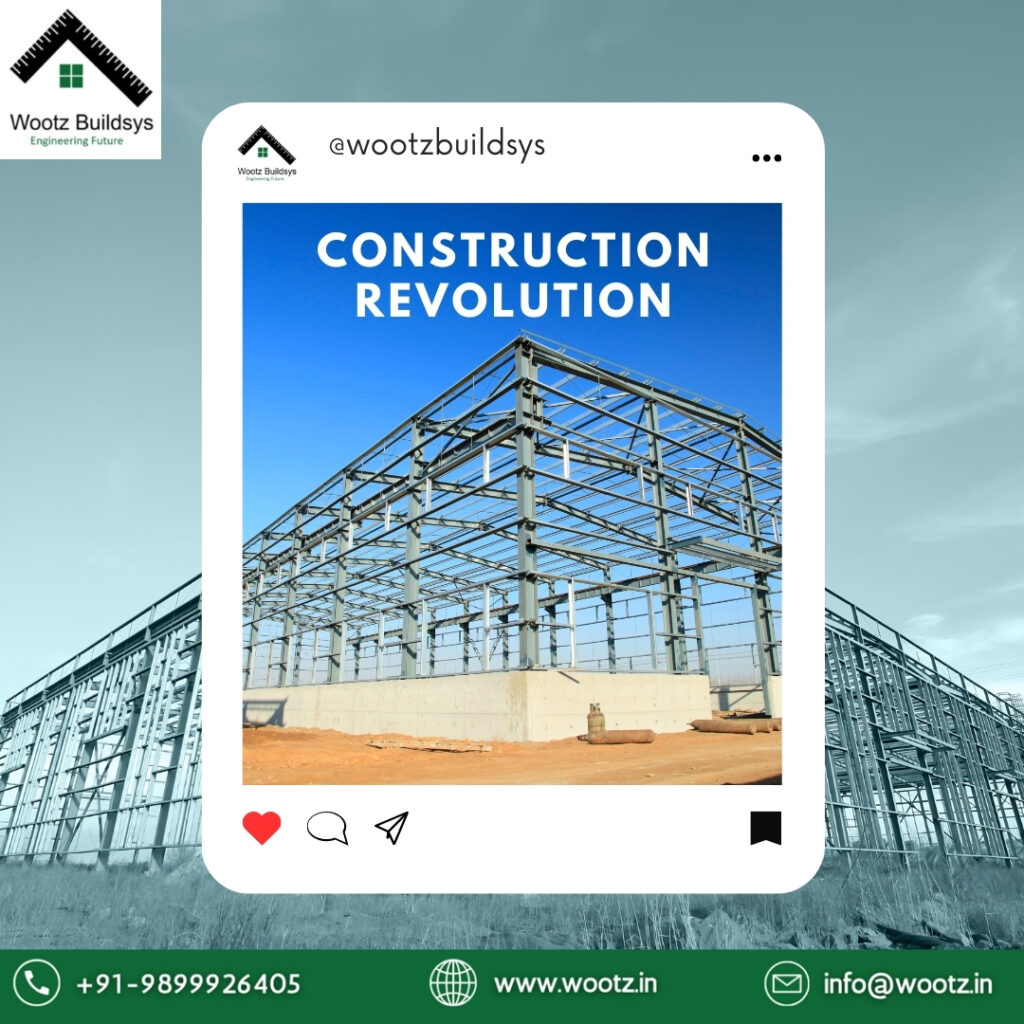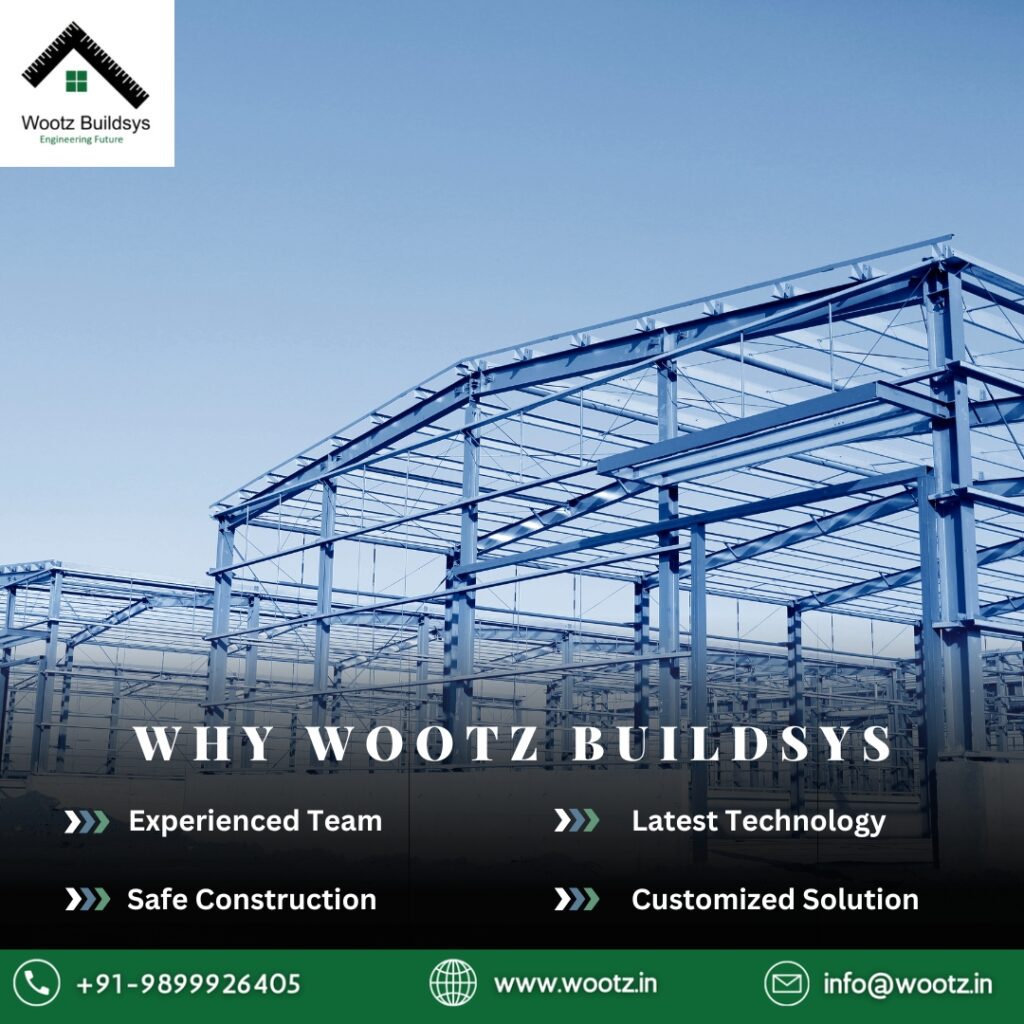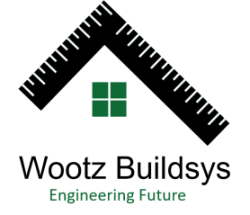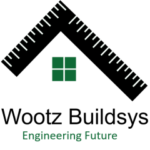
Today’s world of building and construction is seeing a big change. Pre-Engineered Buildings (PEB) are leading the way. They’re smart, helpful and adaptable. People are now looking toward ways of doing things that are good for the planet. The building industry is no different. PEB buildings are leading this change. They offer a lot of benefits that make them a great choice for current building projects. This piece talks about why PEBs are great for builders and developers who care about the environment.
Understanding PEB Buildings
PEB buildings? They’re like big puzzles made in a factory! These structures use a special steel frame – columns, beams, and more – built exactly to what you need. And the best part? All the pieces go to the build site and fit together in a snap, just like a puzzle!
Key Benefits of PEB Buildings
1. Resource Efficiency
PEB buildings shine in one big way – they’re good at saving resources. Sometimes, old-school building methods can waste a ton of material. This happens because everything gets made and put together right on the spot. But PEB buildings? They’re made in factories where everything is controlled and precise. That means less waste. And the benefits don’t stop there. Once these parts get to the construction site, they’re all ready to go. No need to cut or change anything.
2. Energy Efficiency
PEB buildings are designed with energy efficiency in mind. The materials used, such as insulated panels and reflective roofing, help regulate indoor temperatures, reducing the need for extensive heating and cooling systems. This energy efficiency translates to lower utility bills and a smaller carbon footprint, making PEB buildings a smart choice for environmentally conscious projects.
3. Faster Construction Times
PEB buildings stand out because of their speed. Why? The parts are prepared and put together off-site. This makes building much quicker than the old ways. Plus, being faster saves cash. It’s also better for our surroundings. How? Well, less time building means less noise, less dust, and fewer machine fumes to worry about.

4. Durability and Longevity
People praise PEB buildings for lasting a long time. They’re made of top-notch steel and other tough stuff. So, they can deal with bad weather and earthquakes. Their strength means you rarely have to fix or replace anything. They also help save resources over time, making them pretty eco-friendly.
5. Flexibility and Scalability
PEB buildings provide outstanding flexibility in design and scalability. They can be easily expanded or modified to accommodate changing needs, whether it’s adding more floors, extending the building, or repurposing the space. This adaptability makes PEB buildings a sustainable choice, as they can evolve with the requirements of their users without necessitating entirely new constructions.
6. Reduced Environmental Impact
The environmental impact of PEB buildings is significantly lower compared to traditional construction methods. The controlled manufacturing process reduces waste, and the efficient use of materials lessens the depletion of natural resources. Additionally, the construction site remains cleaner and generates less pollution, contributing to a healthier environment.
7. Compliance with Green Building Standards
PEB constructions are perfect to reach green building norms and accolades like LEED (Leadership in Energy and Environmental Design).The sustainable practices inherent in PEB construction, including energy efficiency, resource conservation, and reduced waste, align with the criteria for these certifications, making it easier for builders to achieve green building status.

Real-World Applications of PEB Buildings
The versatility of PEB buildings makes them ideal for a variety of applications, including:
- Commercial Buildings: Office complexes, retail spaces, and warehouses benefit from the speed and efficiency of PEB construction.
- Industrial Structures: Factories, manufacturing plants, and distribution centers appreciate the durability and scalability of PEB buildings.
- Agricultural Facilities: Storage barns, livestock shelters, and processing units find value in the adaptability and cost-effectiveness of PEB structures.
- Residential Projects: Multi-story residential buildings and community housing projects can leverage the environmental and economic advantages of PEB construction.
- Institutional Buildings: Schools, hospitals, and community centers can achieve their sustainability goals with PEB buildings.
Conclusion
PEB buildings are key to green construction. They conserve resources, save energy, are quick to build, last a long time, offer flexibility, minimize harm to the environment, and stick to eco-friendly building codes. They’re just right for today’s construction needs. With more and more people wanting buildings that are easy on the environment, PEB buildings are sure to help paint a brighter, more earth-friendly construction landscape.
Builders, developers, and architects can help the environment with PEB buildings. PEB buildings aren’t just strong and affordable, they’re also good for the planet. Look at what PEB buildings can do. See how they can make your construction projects more green and efficient.
Frequently Asked Questions (FAQs)
Q: How do PEB buildings contribute to sustainability?
A: PEB buildings contribute to sustainability through resource efficiency, energy efficiency, faster construction times, durability, flexibility, and reduced environmental impact. They are designed to meet green building standards like LEED, making them an eco-friendly choice.
Q: What makes PEB buildings more resource-efficient compared to traditional construction methods?
A: PEB buildings are manufactured in controlled factory environments, which ensures precise measurements and minimal waste. This reduces the overall consumption of materials and results in less waste at the construction site.
Q: How do PEB buildings achieve energy efficiency?
A: PEB buildings use materials such as insulated panels and reflective roofing that help regulate indoor temperatures. This reduces the need for extensive heating and cooling systems, leading to lower utility bills and a smaller carbon footprint.
Q: Why are PEB buildings constructed faster than traditional buildings?
A: The components of PEB buildings are pre-fabricated and assembled off-site. This streamlined process allows for quicker construction times compared to traditional methods, where materials are often fabricated and assembled on-site.
rimbatoto toto togel jacktoto togel online toto togel situs toto situs toto situs slot slot gacor jacktoto jacktoto slot online


